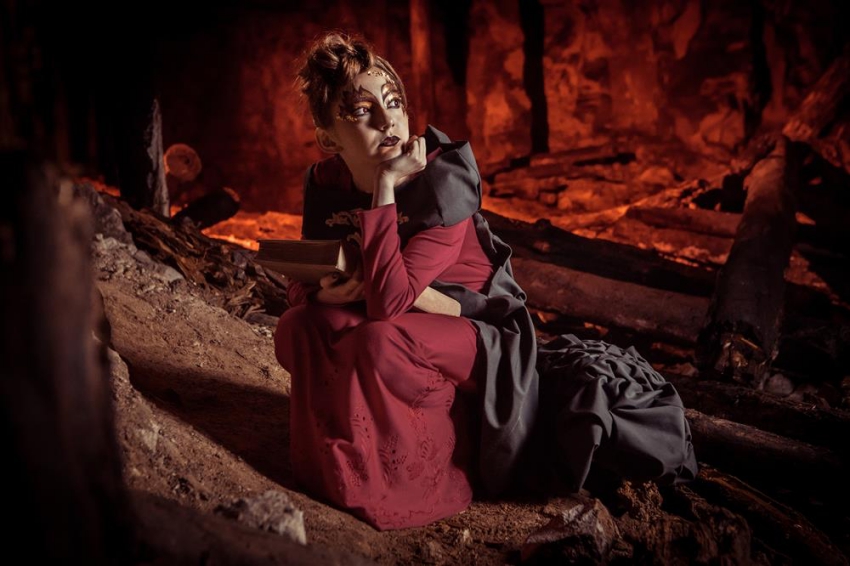Some Myths and Interesting Facts about the Middle Ages
Posted by MRL on Jun 25th 2018
The Middle Ages are also called the Dark Ages. The "Dark" is not because the period was full of sorcery, witchcraft and bloodshed but because relatively very little is recorded of the era. This lack of documentation gave rise to a fertile ground for myths and legends that many still believe as real. Let's set the record straight on a few of them.

One popular assumption is that medieval society comprised almost exclusively of three factions - the clergymen, the fighters and the laborers. This is an inaccurate picture. By the Late Middle Ages, there were people of all vocations across Europe, such as butchers, weavers, carpenters, painters and merchants, among others.
Another myth is that churches conducted witch hunts. The truth is witch hunts were very rare in the medieval period and it was usually the civic authorities that conducted them. In fact, medieval churches casually dismissed witchcraft and magic as nonsense that was not worth their time. However, churchmen did conduct witch hunts during the Renaissance period.
Also, there is this misconception that medieval people were generally religious. They were not, at least not to the extent they are made out to be. Not everybody was focused on God and there were plenty who viewed miracles and religious doctrines with a healthy dose of skepticism. In fact, many did not attend church on Sundays and preferred to enjoy the day someplace else. They also did not get married in the church, at least not inside it. Those who preferred their marriage to be 'solemnized' would typically do so at the gate to the churchyard. Of course, the Church wanted couples to marry the "proper" way, inside a church, presided by a priest and with the banns being read. However, people preferred the simpler way, by declaring that they wanted to wed each other and ideally in the presence of witnesses.
What of travel? There's this theory that medieval people hardly ventured outside their villages. Not true. Many walked thousands of miles on pilgrimage. Traders certainly traveled, sometimes extraordinary distances. Some wrote journals describing their journeys, like Journey to the Eastern Parts of the World by William of Rubruck which details his three-year travel, through modern-day Ukraine and Russia.
Finally, here's an interesting nugget on medieval writers - medieval writers did not write! At least not the physical act of putting ink to parchment, which was viewed as labor and not something "intellectual" or important people would do. Instead, they hired a scribe to write down what they dictated.
Know more about the period by browsing through the medieval products we offer.


